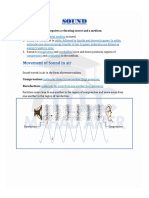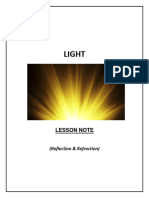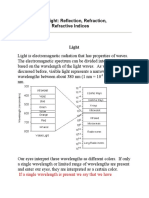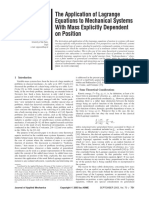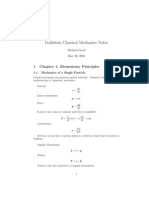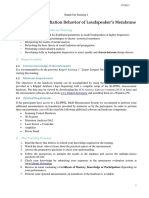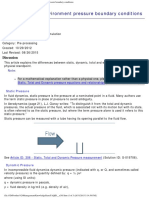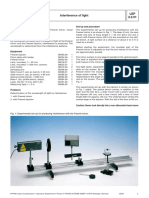0% found this document useful (0 votes)
106 views7 pagesO/Level Physics: Sound Waves Guide
This document provides an overview of sound waves and key concepts in sound including:
1) Sound is produced by vibrations and travels as longitudinal waves, consisting of compressions and rarefactions.
2) The speed of sound varies in different materials, being fastest in solids and slowest in air, around 300-350 m/s.
3) Experiments can determine the speed of sound using the equation speed = distance/time, by measuring the time delay between a sound being produced and heard over a known distance.
Uploaded by
yashmiganegoda13Copyright
© © All Rights Reserved
We take content rights seriously. If you suspect this is your content, claim it here.
Available Formats
Download as PDF, TXT or read online on Scribd
0% found this document useful (0 votes)
106 views7 pagesO/Level Physics: Sound Waves Guide
This document provides an overview of sound waves and key concepts in sound including:
1) Sound is produced by vibrations and travels as longitudinal waves, consisting of compressions and rarefactions.
2) The speed of sound varies in different materials, being fastest in solids and slowest in air, around 300-350 m/s.
3) Experiments can determine the speed of sound using the equation speed = distance/time, by measuring the time delay between a sound being produced and heard over a known distance.
Uploaded by
yashmiganegoda13Copyright
© © All Rights Reserved
We take content rights seriously. If you suspect this is your content, claim it here.
Available Formats
Download as PDF, TXT or read online on Scribd
/ 7
















